Knowing the kind of property you can afford to buy is the first step if you’re thinking about buying real estate in the future. If you’re a fresh-faced property enthusiast, stick around; as always, we’re going to spell this out.
Know what property you can afford (before you start house hunting)
Know what you can afford: THIS is the bottom line. The last thing you want to happen is to sign a contract to buy a house without knowing whether or not you can afford the loan (the stress!). To avoid this disastrous position you need to get crystal clear on what you can afford to buy.
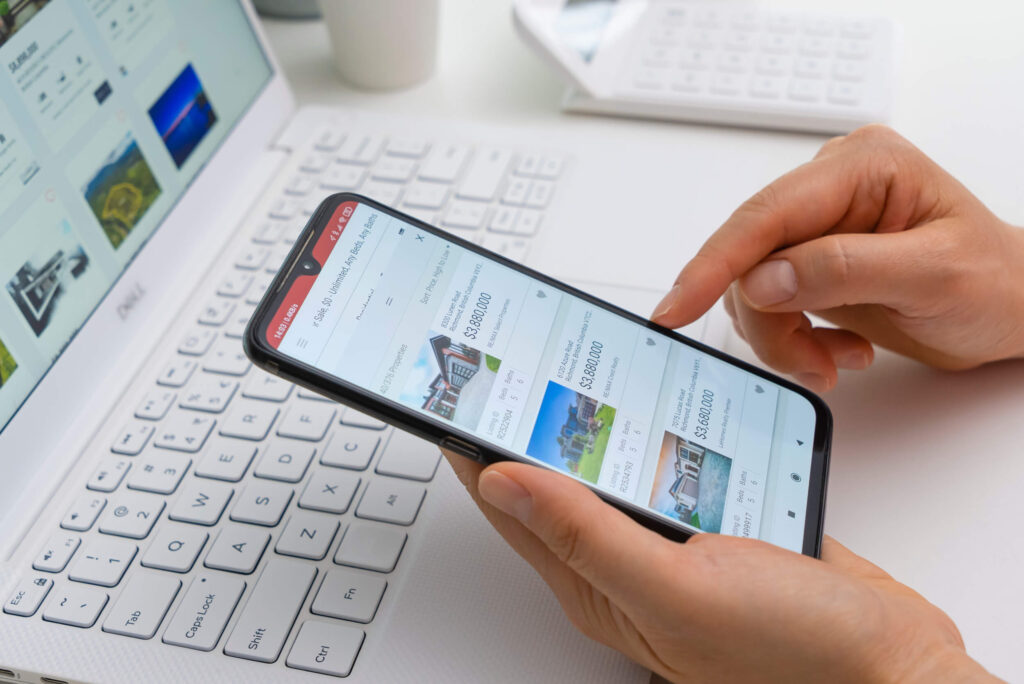
Overview
This blog is an introduction to planning your future property purchase. Our aim is to help you figure out what type of property you can afford so you can set specific savings goals.
In our next blog we’ll be sharing our tips and tricks on budgeting to help you start the new year on the right foot. Subscribe now so you don’t miss it!
Here’s what we’re covering today:
- How does buying property work?
- What monthly loan repayments can you afford?
- How much deposit do you need to save?
- Using a mortgage broker to work out your borrowing capacity
- Getting clear on your property needs
- Extra costs when buying property
- How does a bank decide what they’d actually lend you?
- How to increase your borrowing capacity.
How does buying property work?
Back to basics: if this is your first experience saving money to buy a house you might appreciate a bare bones explanation about how it works.
Put simply: to buy a house you’ll typically need 1) a deposit and 2) a home loan.
Your deposit will be a percentage of the house price. You’ll borrow the rest of the money from a lender; this money will be your home loan, aka, mortgage.
You’ll repay your loan, or mortgage, by making regular payments (usually monthly) to the lender. Your monthly repayments will pay back the amount you’ve borrowed, plus interest charged by the lender.
Most lenders will offer mortgages that will span between 20 and 30 years (meaning, you have that length of time to repay your loan).
Therefore, to plan your property purchase you’ll firstly need to have an idea of what monthly repayments you’ll be able afford, and what lump sum deposit you’ll need.
Let’s break these down.
How to work out what monthly home loan repayments you could afford
The amount you can afford to pay in monthly home loan repayments will determine the type of property you can afford to buy (you can’t buy a mansion on a bungalow budget).
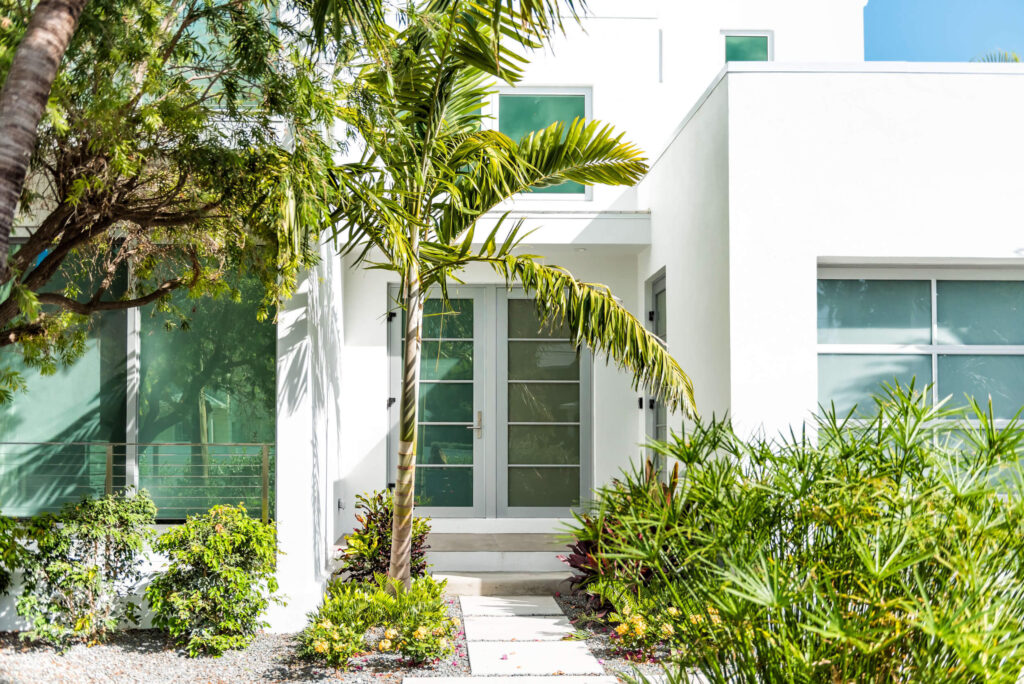
When it comes to figuring out how much you want to borrow for your home loan, some people will take the maximum amount a bank will lend them, and go house hunting from there. Other people start by determining their own budget and will only borrow up to the amount they’re comfortable with.
There’s no right or wrong – as the options depend on your personal circumstances.
I’ll be calling the two methods top-down budgeting and bottom-up budgeting.
*Quick pause pause for #storytime*
I was reviewing my own finances recently and I stumbled upon a folder on my computer that I hadn’t opened in over 10 years. The folder contained all my planning files from the time I was planning to buy my first property at 26 years old.
This was long before I’d even thought of becoming a mortgage broker. I was single with no real responsibilities other than turning up to work.
What did I find in these files? Interestingly, home loan interest rates were at 6.85% p.a. (what’s old is new again, huh?) – but that’s not the point.
I discovered that I’d made myself a budget. I’d stress tested the budget to allow for interest rate rises to ensure I was comfortable making higher repayments. I’d also factored in all the extra purchase costs associated with buying a house. I realised that I’d taken a ‘bottom-up budgeting’ approach to buying property.
Bottom-up budgeting
Bottom-up budgeting is where you determine your level of comfort for taking on debt. You look at your existing income and expenses to determine what property you can afford comfortably.
In my situation, I figured out what I was comfortable putting towards my mortgage repayments each month after accounting for my lifestyle expenses and allowing for modest savings. To be more specific, I worked out how much money I needed to live on each month, then subtracted that amount from my income. The ‘leftover’ was what I was comfortable putting towards a mortgage. (Note: this type of budgeting is obviously a lot simpler when you’re young and single!)
The bottom-up budgeting method worked for me and my personality/brain and lifestyle at the time. After making my own calculations I then approached a mortgage broker and we discussed my options and what I was comfortable with. They were able to reverse engineer how my pre-determined mortgage repayment amount would translate into a loan amount. Then, once my deposit was factored in, they were able to give me a home purchase price to aim for, and I got started with looking for a place to buy.
It takes a bit of planning, but searching for properties is easier (and less stressful) when you know your numbers.
Top-down budgeting
With top-down budgeting you start by finding out the maximum amount that a bank would be willing to lend you (aka your borrowing power). From there you work out your monthly mortgage repayments. Then you fit the rest of your commitments/lifestyle into your budget.
The difference between bottom-up and top-down budgeting
Those who follow the bottom-up approach to work out what property they can afford would prefer to prioritise additional savings each month over having a larger mortgage repayment. In other words, they might choose to buy a less expensive property so they can comfortably make their mortgage repayments and not live on a tight budget. Bottom-up budgeting is a more cautious approach.
On the other hand, those who are trying to buy the best property they can afford may prefer the top-down approach and rely on future increases to their income.
Top-down budgeting can carry more risks and mean you need to be more careful with your budget if you decide to borrow the maximum amount that a bank is willing to lend you. If you borrow at your maximum capacity, you’d want be confident that your income is going to increase at some point.
There’s no right or wrong method. I’ve seen people use both methods very successfully. It really comes down to your level of comfort and confidence in balancing a budget, particularly if rates rise before your income does.
How to work out how much house deposit you need to save
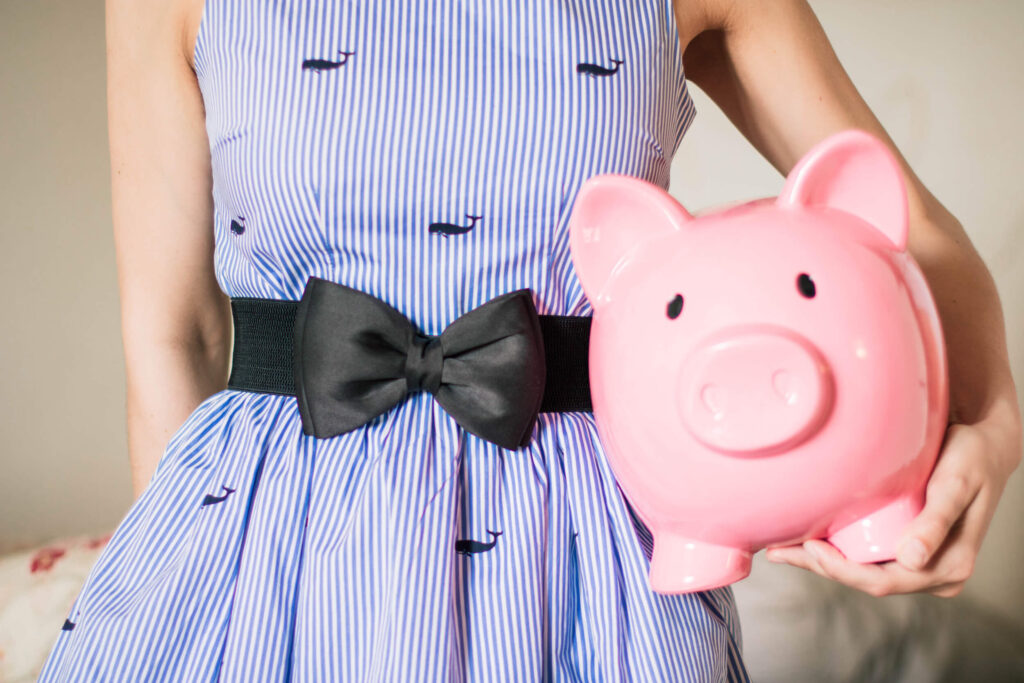
Once you have a ballpark value of the property you can afford, you can work out how much deposit you need to save.
Again, your deposit is a lump sum paid upfront when you buy a house.
Although there are some great government assistance programs to help eligible first home buyers, generally speaking, you’ll need a chunky deposit to buy property.
Most banks prefer you to pay a 20% house deposit.
So, for example, if you want to buy a million-dollar property, you’ll need to pay 20% of that amount – $200,000 – as an upfront deposit.
If you’re planning to buy property and you haven’t saved a deposit yet, your first task is to have an approximate savings target to aim for.
Use a mortgage broker to help you accurately figure out what property you can afford (don’t wing it)
You can use online mortgage calculators as a starting point to figure out what you might be able to borrow. However, to get an accurate idea of what you could borrow, and from which banks, speak to a mortgage broker (hello, hi!).
Side note: my wife tells me that some folks (*wife raises hand*) find the online calculators confusing. This is especially true if you’re new to buying property and/or if numbers aren’t your forte. Alex (wife) says these numbers make her eyes glaze over. NO shade to #awesomewife [who may or may not be editor of this blog]; her insight help me to realise that ‘finance stuff’ doesn’t make sense to everyone, and that’s why we try to keep things simple. Our point? Don’t hesitate to reach out for guidance. This is why mortgage brokers exist. Not only can I run your numbers; I’ll take the time to explain the facts and figures in a straightforward way. Head to our website to book a free consultation.
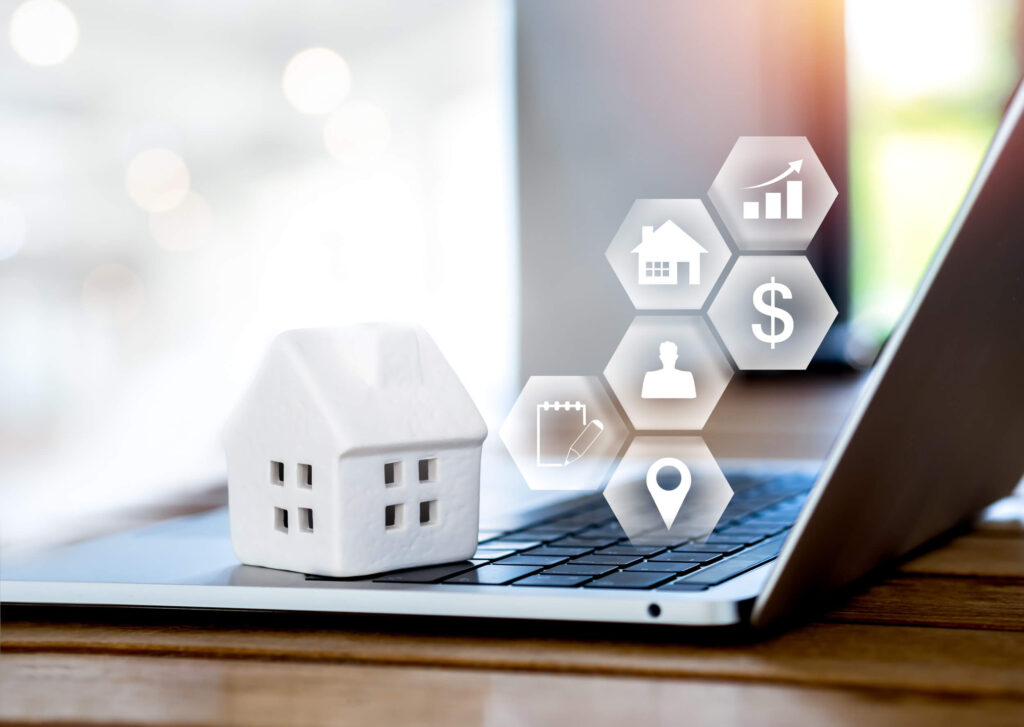
Know your property needs to make smart buying decisions
Once you know what kind of property you can afford, you need to get clear about the kind of property you need (or want).
- How many bedrooms?
- How many bathrooms?
- How many car spaces?
- What type of property?
You need to be clear about what you want for your situation now, as well as for the entire time you think you’ll be living at that property. For example, you may only need 2 bedrooms now, but will you need 4 in a few years? It might make sense to buy a larger house now, before you need it, so you don’t have to buy again in a short period of time.
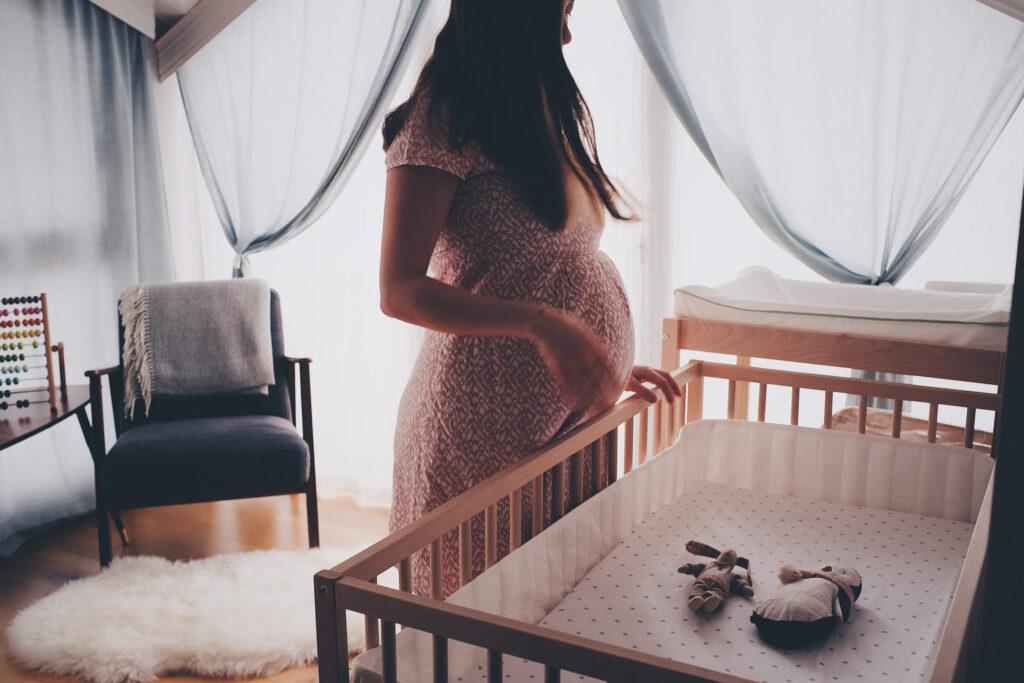
Once you’re clear on your needs and wants, you can finally get stuck into your property search to see what your money can buy (YAY! Permission to search!)
Unfortunately, a lot of people tend to start their planning process by looking at properties online, but you can see how this can end in disappointment (or worse, spending beyond your comfort level).
It’s better to start with the numbers and then filter the search results to suit your budget.
Sometimes you might not find many properties in your desired location. You might need to look further afield before you find a bigger selection of properties within your budget.
Extra costs when figuring out what property you can afford
The biggest misconception home buyers have is that a 20% deposit is the only up-front cost associated with buying property. In reality, there are a handful of other costs you need to factor in (and some of them are hefty).
These costs include:
Stamp duty
Stamp duty (aka transfer duty) is a state government tax that’s calculated based on the value of the home you’re buying. It’s an unavoidable cost unless you’re a first home buyer who’s eligible for a stamp duty exemption or concession.
How much stamp duty will you pay?
| Purchase Price | $500,000 | $750,000 | $1,000,000 | $1,250,000 |
| QLD | $8,750 | $19,600 | $30,850 | $45,225 |
| ACT | $8,954 | $19,754 | $34,504 | $50,504 |
| NSW | $17,235 | $28,485 | $39,735 | $51,805 |
| WA | $17,765 | $29,741 | $42,616 | $55,491 |
| TAS | $18,278 | $28,935 | $40,185 | $51,435 |
| SA | $21,330 | $35,080 | $48,830 | $62,580 |
| VIC | $21,970 | $40,070 | $55,000 | $68,750 |
| NT | $23,929 | $37,125 | $49,500 | $61,875 |
Other fees and costs associated with your purchase include:
Legal fees
Allow up to approximately $2,000 for legal fees when you purchase property. This is the money you’ll pay to a solicitor or a conveyancer and will cover their professional fees, cost of title searches, and for them to act on your behalf at settlement.
Bank fees
Bank fees include application fees, land valuation fees and settlement fees. Allow up to about $1,000 – although many lenders will waive application fees and valuation fees as a sweetener to get your business.
Land transfer fee and mortgage registration fee
The land transfer fee is the cost of registration of the Transfer of Land document with the local land titles office. The cost of this fee, as well as your mortgage registration fee, varies from state to state, however, in NSW both the land transfer fee and the mortgage registration fee are flat fees of $165 each.
Adjustments
Adjustments are usually required when the purchaser has to reimburse the vendor if the vendor has pre-paid things like council rates and strata fees beyond the settlement date. Adjustment fees are unknowable until after you’ve signed a contract and your solicitor is arranging settlement. As a contingency, allow 0.4% of the purchase price when calculating adjustment costs associated with your purchase. This is fairly conservative so it may inflate the initial estimated purchase costs, but it usually results in a good buffer.
Lenders mortgage insurance
Lenders mortgage insurance is an insurance policy that protects the bank if you default on your loan (aka if you can’t make your monthly repayments).
Your loan to value ratio (LVR) is your loan amount compared to the cost of your property. Usually, buyers will pay 20% deposit and borrow 80%, but if your LVR is higher than 80% you’ll be required to purchase lenders mortgage insurance (LMI).
WARNING: some readers may find the following paragraph causes fatigue. Reader discretion is advised.
LMI varies depending on your LVR. When your LVR is around 85%, LMI may only be a few thousand dollars; but if your LVR is around 95% you could be up for tens of thousands of dollars in LMI.
Lenders mortgage insurance is usually rolled into your total loan amount. This means that you don’t have to contribute those funds as additional deposit, but you will be charged interest on the LMI over the course of the loan.
The assistance of a good mortgage broker is so useful when it comes to LMI. We’ll be able to show you options where paying LMI might actually make sense for you. In a property market where prices are rising month on month, you’re unlikely to be able to save the required extra purchase costs quicker than the house prices are increasing.
How does a bank or lender work out how much they’re actually willing to lend you?
It’s one thing to figure out what kind of property you think you can afford, but lenders have their own criteria to figure out how much they’re willing to lend.
There are 4 major factors that influence how much you can borrow for a home loan:
- Your income
- Your expenses
- Your deposit
- Your family status.
The first 3 factors (income, expenses, deposit) work together to determine your borrowing capacity. Ideally, you’d have a high income, low expenses, and a high deposit (this is the holy trinity of maximising your borrowing capacity). However, it isn’t always the case that people have all 3 in the best position, and that’s okay. All factors will be taken into consideration when lenders determine your borrowing capacity.
Your family status is also influential. For example, if your family grows, your borrowing capacity reduces. That’s because of the increased monthly expenses that comes with each dependent. Below are some estimated borrowing capacity results for different scenarios.
| Family Status | Single | Couple | Couple |
| Dependents | 0 | 0 | 2 |
| Annual gross income | $160,000 | $160,000 | $160,000 |
| Estimated borrowing capacity* | $806,000 | $784,000 | $698,000 |
Your credit score can also influence how much money a bank would be willing to lend you.
How to increase your property borrowing capacity
To increase your borrowing capacity, you can either earn more, or spend less, or both.

Beyond upping your salary (which may or may not be an option) here’s 5 tips to get you started:
- Bill shop: instead of blindly accepting your current fixed price bills including mobile, internet, electricity and insurances – shop around to find the best prices. If you’ve been with the same provider for a few years you might be surprised at how much you could save by going elsewhere.
- Pay off or lower your credit limits. If you have multiple credit cards, a car loan, personal loan and a few different buy-now-pay-later (BNPL) facilities open, you’re limiting your borrowing capacity! Lenders will often look at your overall ‘debt to income ratio’. So not only do they assess your capacity to repay your home loan, they factor in all your other debts too. By paying off and closing your BNPL accounts and lowering your credit card limits you could increase your borrowing capacity.
- Cull your subscriptions. If you’ve got Netflix, Stan, Binge, Spotify, Amazon, Apple and YouTube subscriptions, it’s time for a reality check. Start with what’s not ‘sparking joy’ and unsubscribe. And don’t forget, many phone apps come with fees these days (often sneaky ones) so check the subscriptions tab in your phone (do it now; dare ya) and cancel what you don’t need.
- Swap paid experiences for free ones: instead of always going out for a meal to catch up with friends, think of alternatives like a walk or a coffee date at home. Take your kids exploring in nature rather than paying entry fees.
- Set a budget. If you’re serious about saving cash and boosting your borrowing power you might have to knuckle down and cut back on little luxuries. It’s easier to stick to your budget when you have specific savings goals in place.
Reminder: we’re going to unpack BUDGETING in our next blog, so if you’re ready to start the new year strong, don’t forget to subscribe before you go!
Key takeaways
If you’re a first home owner and have been asking yourself ‘what kind of property can I afford?’ it really comes down to 3 things: income, expenses and deposit. The bigger the difference between your income and expenses, the more you’ll be able to borrow.
When it comes to the size of your deposit, the bigger your savings, the better off you’ll be. With a higher deposit you’ll have more options when it comes to what you can afford.
When it comes to figuring out how much you can borrow, a mortgage broker is your best friend. If you’re working with me, for example, you can either ask me to determine your maximum borrowing capacity, or you can ask me to calculate your ideal home loan amount from your pre-determined mortgage repayment ‘comfort zone’.
Once you’ve got your numbers sorted, you’re off to the races! Well, the online property portals at least. Get clear on what type of property you can afford first, and try to resist hitting up the portals until you know what your budget is. Happy house hunting!